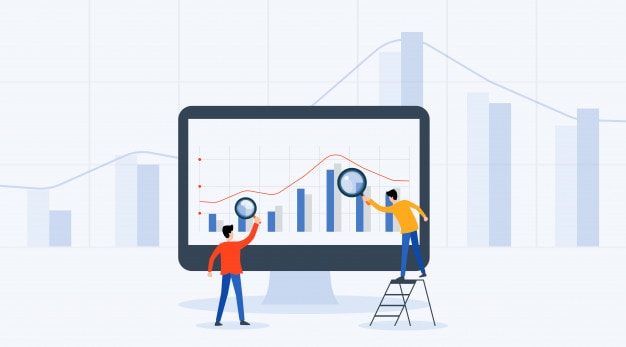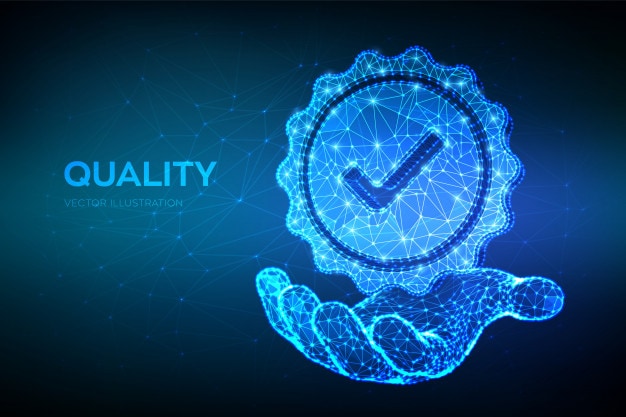
Understanding Organizational Dynamics: Types, Differences & Importance

Organizational dynamics is the process of continuously enhancing employee performance and maximizing resources It plays a crucial role in HR management, with elements such as quality control, productivity improvements, cost controls, and staff development It is even offered as a graduate program
Organizational dynamics refers to a continual process that enhances resources and improves employee performance. This involves effectively managing strategic planning, business operations, and fostering organizational learning.
Meaning
In the realm of organizational behavior, the concept of organizational dynamics focuses on how individuals behave within a group setting in a workplace. Research has shown that employees exhibit different behaviors in group settings versus private ones. Essentially, organizational dynamics encompasses the patterns of movement and interaction among members of an organization over an extended period of time. This includes examining corporate strategies and their evolution over time, as well as how managers execute these strategies and manage day-to-day operations.
Organizational dynamics involves a holistic approach that ensures effective cooperation and participation during the organizational development process. It is crucial to implement this integrative process comprehensively for optimal results.
Importance of Organizational Dynamics
Organizational dynamics is a valuable tool for businesses in a variety of sectors, including education, healthcare, finance, retail, and manufacturing. This approach is designed to enhance the relationship between employees, employers, suppliers, and independent operators, as well as franchisees and franchisors. By utilizing organizational dynamics, organizations can build and strengthen a cohesive and productive team.
create a work environment that fosters collaboration, innovation and productivity. By prioritizing the needs and well-being of employees, organizational dynamics can lead to a more engaged and motivated workforce, ultimately resulting in better business outcomes. It involves understanding the interplay of various factors such as leadership, communication, culture, and employee engagement, and making necessary adjustments to optimize these elements for the benefit of the organization as a whole.
Assess existing business culture
Develop strategic business solutions to drive success and boost interpersonal relationships
Resolve conflicts with respect and empathy
Create and establish best practices, processes, system standards, and quality control that are performance-driven and goal focussed
Understanding Organizational Dynamics and Human Resource Management
Effective human resource management is crucial for the success of any organization. It involves enhancing employee performance and overseeing various business functions. Managers receive specialized training to implement HR management principles and behavioral sciences, which in turn improves organizational and employee effectiveness.
A project manager plays a vital role in an organization as their actions directly impact the overall performance and dynamics. They are responsible for implementing cost controls and monitoring finances, which ultimately affects the financial health of the organization. A successful manager will prioritize quality by utilizing effective planning, communication, and progress management to mitigate risk factors. They also create open forums to empower stakeholders, employees, and vendors, allowing for the sharing of relevant information.
Elements of Organizational Dynamic
The essential elements of business activities that have a profound impact on the organizational dynamics are as follows-
In order to achieve effective planning, it is crucial for management to clearly define the structure of divisions and departments. Managers must establish measurable goals that are capable of identifying future actions and decisions. This process of organizational planning includes managing expenses, forecasting revenue, scheduling production, and controlling inventory. These plans and activities are essential tools for managers to successfully carry out their regular duties.
The second component of organizational dynamics is goal execution. This process involves implementing expected deliverables and evaluating their effectiveness. To accomplish this, managers must allocate responsibilities and resources to employees based on their skills, knowledge, and work schedules. By doing so, the organization can ensure efficient and successful goal execution.
Leadership plays a crucial role in organizational dynamics as it involves having a visionary outlook and actively working towards enhancing employee performance, knowledge, and innovation, ultimately leading to increased productivity.
Effective resource control is another significant element of organizational dynamics, where management establishes robust systems to collect data and information for evaluating the achievement of organizational goals.
Functions that have an Impact on the Organizational Dynamics
Creating a positive work environment is crucial for every business entity as it enables employees to perform at their best and contributes to the overall success of the organization. For small businesses, maintaining smooth operations is especially important in order to achieve profitable margins.
However, certain business functions can have a negative impact on overall productivity. It is therefore crucial for management to identify and address any such issues promptly to ensure that the organizational dynamics remain unchanged and work continues effectively.
1. Quality Control
This is a crucial business function because an organization has to set up quality control measures so that the employees can bring out the best possible qualitative work.
A quality control supervisor is appointed by management to review the work produced and identify any related issues and problems. While this can be an effective measure to enhance quality, it can also have negative consequences on employees. Some may feel uncomfortable with the supervisor monitoring their workflow, leading to dissent and disharmony. Quality control, as a critical business function, can easily change organizational dynamics and replace a cooperative and team-oriented environment with suspicion and resentment.
2. Productivity Improvements
To increase sales figures and revenue margins, businesses prioritize maximizing production. To achieve this, they employ various measures such as bonuses and penalties. The management also ensures close monitoring of production and related operations by appointing a dedicated workforce and implementing necessary processes.
When implementing productivity improvements, it is important to ensure that employees understand the reasons behind the measures and feel confident in the process. Misunderstandings and resistance can create tension and harm the overall harmony of the organization. By keeping employees informed and involved, businesses can avoid the negative consequences of reluctant and disgruntled workers.
3. Cost Controls
Maximizing profits is the ultimate goal for any business venture, and the key to achieving this is through increasing sales volumes while keeping costs at a minimum. From the very outset, it is crucial to manage expenses carefully to avoid overspending. The most significant expense for any business is its payroll, which encompasses salaries and wages paid to employees and workers. Therefore, it is imperative to keep payroll costs in check to ensure that they remain within the set budget.
. Cutting back on expenses like overtime and wages may seem like a quick fix to save costs, but it can lead to negative consequences such as decreased morale and decreased productivity. It is important for businesses to handle cost control measures in a strategic and efficient way to avoid damaging the organizational dynamics.
4. Staff and Professional Development
While it is important for a business to offer opportunities for employee development and training, not all employees may be receptive to such efforts. However, investing in employee learning and skill-building can lead to increased efficiency and knowledge within the organization.
While some may approve of it, many employees may view it as an added obligation. For these individuals, the training is not optional, but rather a directive. It is crucial for management to communicate that these professional development initiatives are intended to enhance employees' skills and advance their career prospects. Acknowledging employees' apprehension and unease, particularly when it comes to adapting to new technologies, is important in addressing their resistance to training.
Reassuring your employees and involving them in decision-making processes is crucial to fostering a harmonious work environment that won't negatively impact the dynamics of the organization.
Organizational Dynamics – A Graduate Program
Having a Master of Science in Organizational Dynamics Degree is increasingly valuable in today's job market across industries. This degree provides individuals with the knowledge and skills necessary to navigate complex work environments, evaluate organizational dynamics, and implement positive changes. Through a combination of research-based knowledge, organizational psychology, sustainability, and leadership training, individuals gain a comprehensive understanding of corporate culture and are equipped to make a meaningful impact.
Learning effective strategies to promote adaptive space, resilience, and agility in the workplace is crucial in order for employees to navigate the ever-evolving professional landscape of our modern world. Attending seminars and networking events with industry experts can greatly enhance one's capabilities and polish their exterior, ultimately bringing out the best in them. These courses have proven to be a game-changer for students, helping them achieve their desired dreams and goals.
With a focus on human behavior, studying organizational dynamics provides valuable insights into how employees may react in challenging situations. This knowledge allows management to proactively plan and prepare for potential issues.
Those with an MSOD degree possess the skills to develop tailored programs that enable companies to effectively tackle specific challenges and achieve success.










